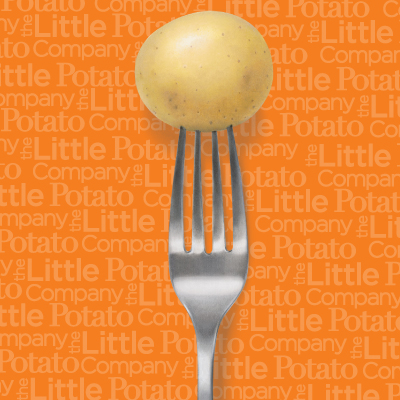Gardening tips from the pros

It’s pretty much impossible not to feel joyous when the first bright bulbs and blooms start bursting from the earth in a riot of colors and the blossoms flutter from the trees. Especially if you live somewhere where winter is dark, cold and long. Spring also marks the time to get going in the garden—whether it flowers, annuals or veggies.
Spend an hour or two perusing the offerings at your local nursery or garden center, thumb through a few seed catalogs and get into the season. In that spirit, here are three ways to welcome Spring, tips on how to grow your own potatoes, great seasonal recipes—and our top gardening tips to get you started.
1. Prune and tidy.
Cut down and compost old foliage, removing any dead and diseased portions. You can thin most shrubs to let in more light and many leggy looking shrubs can benefit from cutting way back every three years or so, but check to be sure. Prune any damaged limbs from trees. You can also prune some trees at this time, like dogwood, and plants such as grape vines. Look up the particulars of yours in a guide.
2. Plan.
Check in with your local expert or garden center to find out what to plant when—and tips on how. You can put in shrubs, perennials, trees and many seeds now. Best is to get a guide or planting chart for your region and see what’s appropriate for your climate and temperature.
3. Check.
Get your garden tools revved up and ready. Sharpen clippers and mowers, check hoses and sprinklers, locate your gardening gloves and replace any rusted, worn or broken stuff.
4. Get your veggie beds ready.
Weed your vegetable beds and mulch with composted soil, then dig in a fertilizer mix. Check with the pros, but a popular general-purpose spring combo is:
*four parts alfalfa seed meal mixed with
*one part bone meal
*one part dolomite lime and
*half a part kelp meal dug into beds about two weeks before the first planting. (Note: It’s not suitable for acid-loving plants, such as raspberries, blueberries, and strawberries.)
5. Plant.
Now, the exciting part: putting plants in the ground. Find out what works in your area, and set aside a leisurely morning to get them in. Generally speaking, cool weather greens—spinach, lettuce, chard, kale—and flowers do well at this time of year. A cloudy day is best and water the new arrivals well after planting.
6. Fertilize plants and flowers.
When your trees and shrubs start showing signs of new life, feed them with an organic fertilizer (6-6-6 or 8-8-8).
7. Test your soil.
If you are ready to take it to the next level, testing your soil pH with a home kit really is helpful. It can tell you if it’s too alkaline or acidic, and then you can amend the soil accordingly.
DID WE MISS ANY GOOD GARDENING TIPS? PLEASE FILL US IN!
To get more tips on nutritious eating, plus find new delicious and healthy recipes, sign up for our monthly newsletter. And join the social media conversation! If you have questions, comments or quips, don’t hesitate to get in touch: info@littlepotatoes.com.
Did you like what you read?

